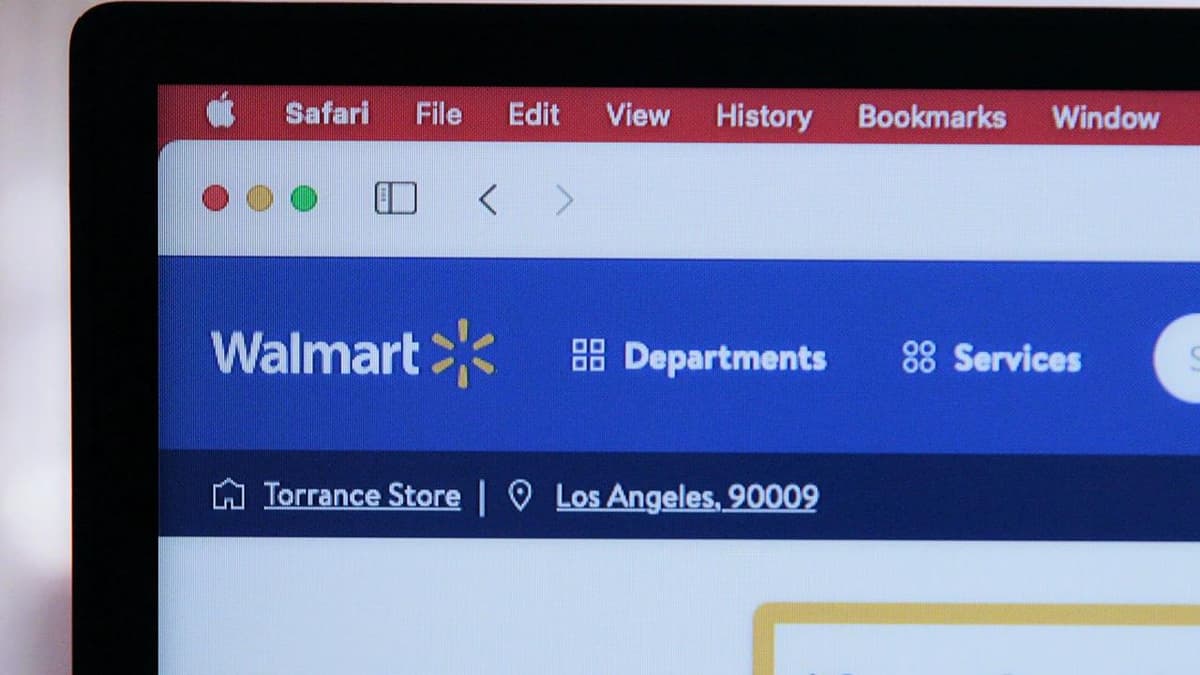Negative Feedback Loop: A Maze of Cautious Corrections
A negative feedback loop helps maintain stability in various systems. This concept can be illustrated through an intriguing analogy of a mirror maze.
What Is a Negative Feedback Loop?
A negative feedback loop is a process designed to bring a system back to its original state or maintain stability. It functions by monitoring changes and making necessary adjustments to keep things in check.
Understanding the Inner Workings
Consider a scenario where Sarah, an ambitious baker, opens a bakery called "Sweet Delights." Sarah starts baking fresh chocolate chip cookies every morning. The aroma attracts customers, and soon the demand for her cookies increases significantly.
As demand surges, Sarah feels the pressure to bake more cookies, triggering a positive feedback loop. She quickly needs more ingredients and staff to keep up, which challenges her ability to maintain quality. This is where the negative feedback loop becomes vital.
Identifying the Corrective Steps
Sarah realizes the importance of quality and customer satisfaction. Guided by the negative feedback loop, she takes corrective steps:
Step 1: Monitor
Sarah continuously monitors customer feedback. She pays attention to comments and reviews to gauge the success of her bakery. This helps her detect any changes or potential issues.
Step 2: Assess
Based on feedback, Sarah assesses the situation. She considers factors contributing to positive experiences, like cookie taste and service efficiency. She also identifies areas needing improvement, such as burnt cookies and long wait times.
Step 3: Adjust
With a plan to address improvements, Sarah makes adjustments to her bakery. She trains her staff, implements quality control, and streamlines processes to ensure consistency.
Step 4: Evaluate
After making changes, Sarah reevaluates the impact on her bakery's performance. She closely monitors customer satisfaction to see if her adjustments effectively resolve earlier issues.
Step 5: Repeat
The cycle continues as Sarah returns to monitoring customer feedback. She initiates corrective actions to sustain optimal performance. This iterative loop enables her to improve her business continually.
Negative Feedback Loop in Various Fields
Negative feedback loops extend beyond bakeries. They play vital roles in many sectors:
- Climate Regulation: Nature uses negative feedback loops to regulate temperatures, such as body heat through sweating or ocean temperature stabilization via evaporation.
- Economic Stability: Governments use negative feedback loops in fiscal policies and interest rate adjustments to stabilize economic growth and fluctuations.
- Technology Optimization: Companies like Google use negative feedback loops to enhance search algorithms, improve search result relevance, and elevate user experience.
Negative feedback loops are key to maintaining balance and ensuring optimal performance across systems.
Balance as the Ultimate Victory
Negative feedback loops guide systems toward balance, preventing chaos or stagnation. They promote improvement and adjustment, helping us navigate complexities.
When facing challenges, consider the power of a negative feedback loop. Like Sarah in her bakery, embrace continuous improvement for growth and success.












